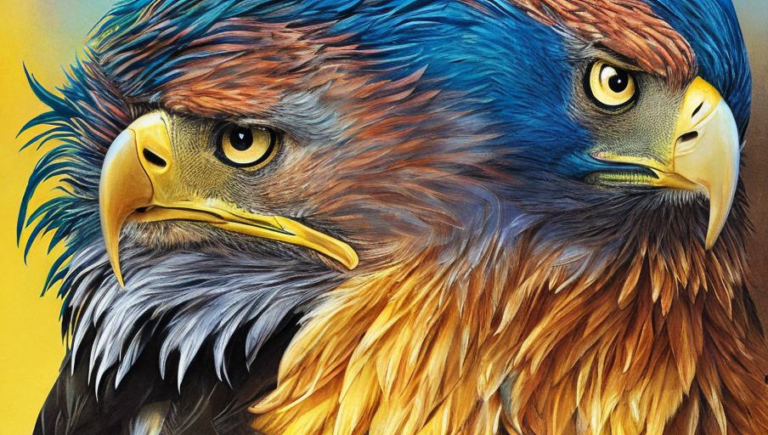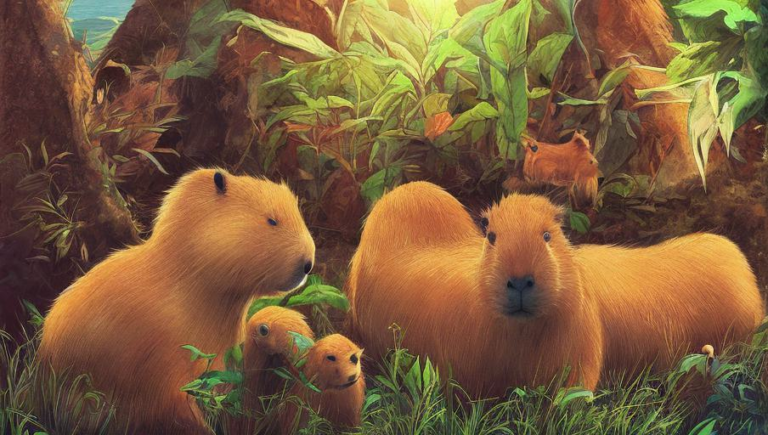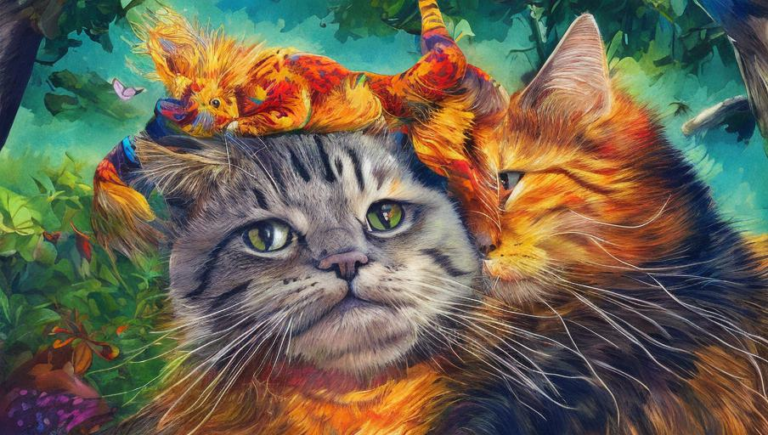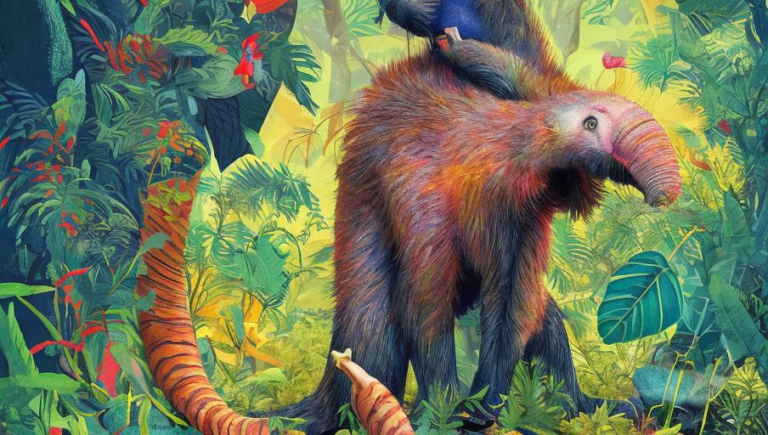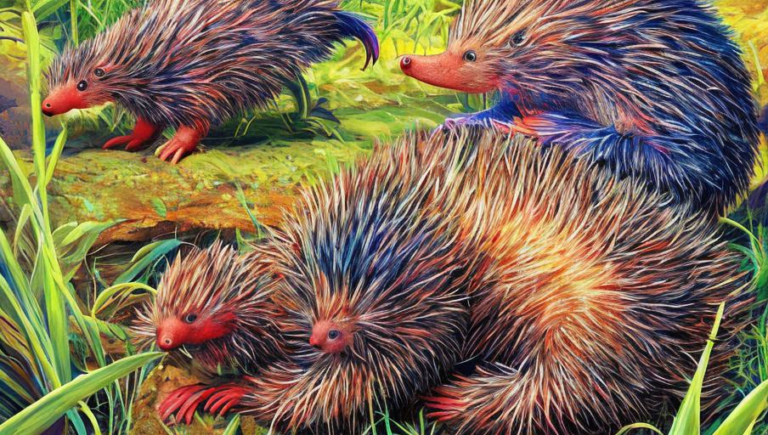An Anteater’s Diet
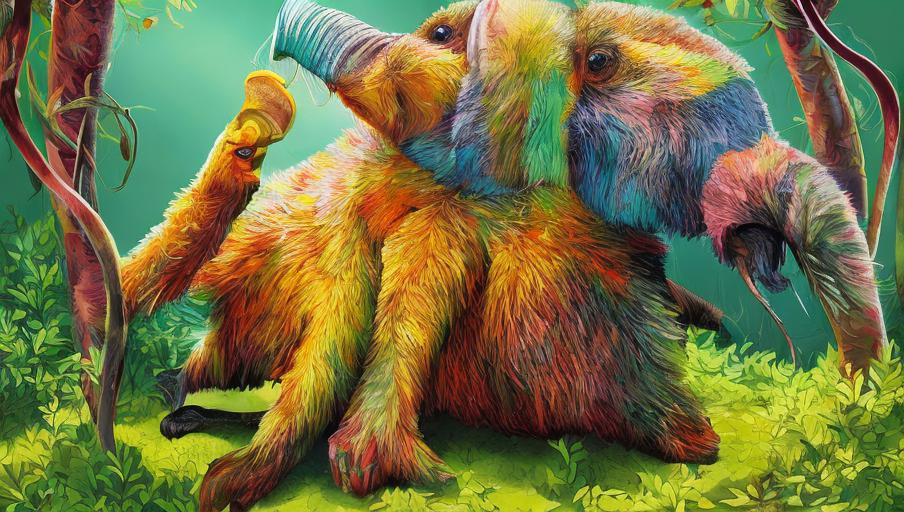
An Anteater’s Diet
The anteater is a unique creature that is found in many parts of the world. These animals have many different adaptations that help them survive in the wild, including a diet that consists mainly of ants and termites. While the anteater may appear to be a slow and clumsy animal, it is actually very well adapted for its environment.
Where Anteaters Live
The anteater can be found in Central and South America, as well as in parts of Africa and Asia. These animals usually make their homes in tropical forests and grasslands, where there are plenty of ants and termites for them to eat. They are also nocturnal creatures, so they spend much of the day sleeping in burrows or trees.
How an Anteater Eats
The anteater has a long, sticky tongue that it uses to eat ants and termites. It can extend its tongue up to two feet in length, and it uses its sharp claws to dig into ant and termite nests. The anteater can eat up to 30,000 ants in one day!
What Else Do Anteaters Eat?
In addition to ants and termites, anteaters will also eat other small insects, such as beetles and larvae. They have also been known to eat fruits, eggs, and small vertebrates, such as lizards, snakes, and birds. Additionally, anteaters can also eat some plant material, such as leaves, buds, and flowers.
Adaptations for Eating Ants
The anteater has a number of adaptations that help it find and eat ants. Its long tongue is covered in small, sticky hairs, which help it pick up ants and other small insects. Additionally, the anteater has a powerful sense of smell, which helps it locate ant nests. The anteater also has very thick fur, which helps protect it from the bites and stings of ants and other insects.
Conservation Status
The anteater is classified as a vulnerable species, due to habitat destruction and hunting. As a result, conservation efforts are underway to protect these animals and their habitats. In addition, captive breeding programs are being used to help increase the population of wild anteaters.
The anteater is a remarkable creature that has adapted to its environment in order to survive. By understanding its diet, habitat, and conservation status, we can work to ensure that these animals remain in the wild for generations to come.
